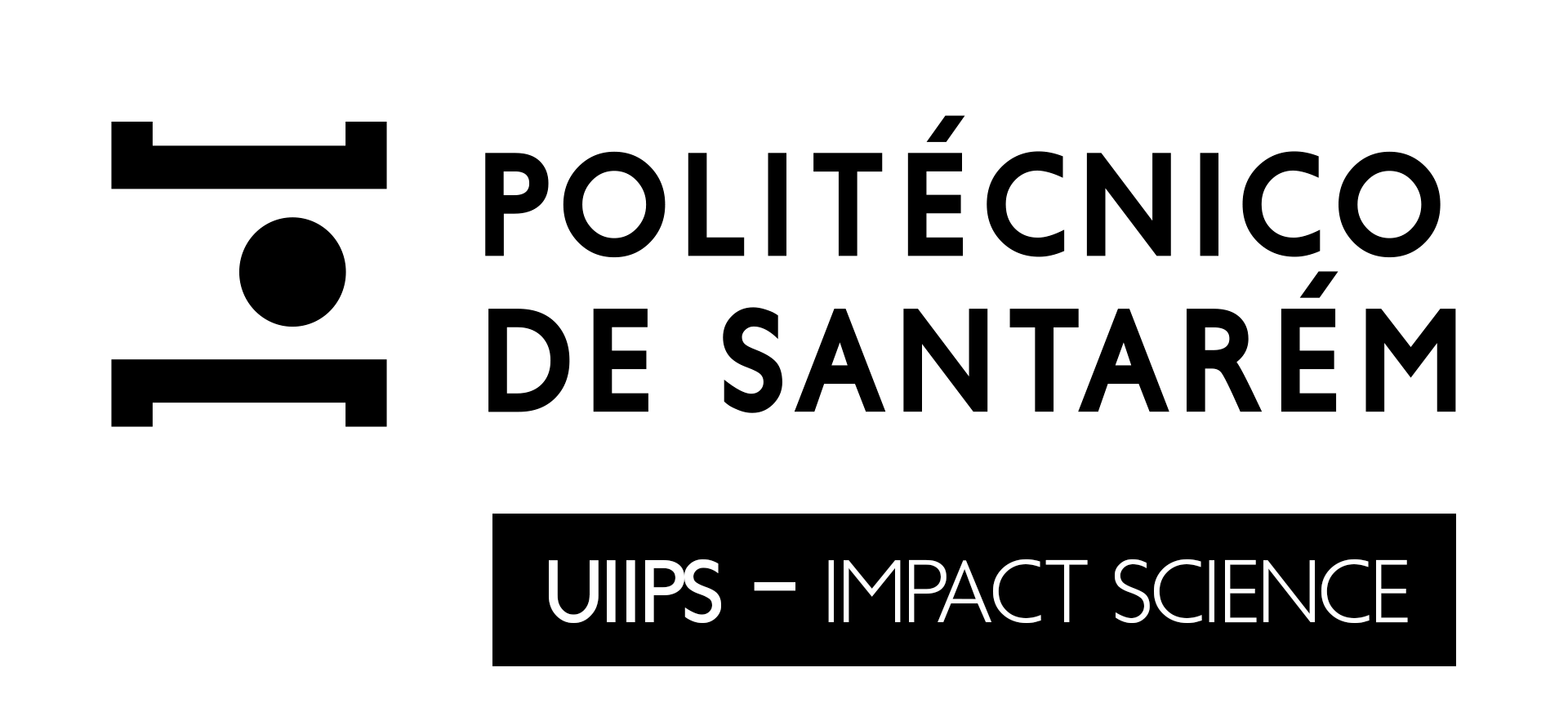O contributo da telemedicina na acessibilidade dos grupos minoritários aos cuidados de saúde - scoping review
DOI:
https://doi.org/10.25746/ruiips.v12.i1.31777Palavras-chave:
telemedicina, cuidados de saúde, grupos minoritáriosResumo
Numa altura que se procura atingir o máximo de eficiência na prestação de cuidados de saúde, a telemedicina assume-se cada vez mais como uma realidade. A evolução deste processo encontra-se par a par com a evolução tecnológica, e ganhou grande expressão com a pandemia. Por essa razão, é importante perceber se o contributo que a telemedicina tem nos cuidados de saúde é encarado de forma universal e chega da mesma forma a todos, nomeadamente aos grupos minoritários, com condições sociodemográficas económicas mais vulneráveis. Este estudo tem como principal objetivo identificar qual o contributo que a telemedicina tem ao nível dos cuidados de saúde para os grupos minoritários. Como metodologia foi usada a revisão de escolpo, elaborada de acordo com as orientações do Joanna Briggs Institute (JBI). A pesquisa da literatura foi realizada utilizando o motor de busca Pubmed com o filtro de Free full text, in the last 10 years, Humans, English, French, Portuguese, Spanish, Female, Male, Adult: 19+ years, em contexto aberto. Na estratégia de pesquisa foram utilizados MeSH (Medical Subject Headings) Terms e palavras-chave adequadas. Foram incluídos 12 artigos que cumpriram todos os critérios de inclusão. Os estudos abordam as preferências, as vantagens e barreiras que os grupos minoritários encaram quando procuram cuidados de saúde através da telemedicina. Por fim foi possível identificar que os grupos minoritários de uma forma geral têm dificuldade de acesso à telemedicina.
Referências
Agência dos direitos fundamentais da União Europeia, desigualdades e discriminação múltipla no acesso aos cuidados de saúde. (11 março 2013). Office of the European Union.
Amendoeira, J. (2022). Revisão sistemática de literatura A scoping review. UMIS_UI_IP Santarém.
Chen, E. M., Andoh, J. E., & Nwanyanwu, K. (2020). Socioeconomic and Demographic Disparities in the use of Telemedicine for Ophthalmic Care during the COVID-19 Pandemic. Ophthalmology, 129(1).https://doi.org/10.1016/j.ophtha.2021.07.003
Evangelista, L. S., Lee, J. A., Moore, A. A., Motie, M., Ghasemzadeh, H., Sarrafzadeh, M., & Mangione, C. M. (2015). Examining the effects of remote monitoring systems on activation, self-care, and quality of life in older patients with chronic heart failure. Journal of Cardiovascular Nursing, 30(1). https://doi.org/10.1097/JCN.0000000000000110
Francesco, C. (1991). Study on the rights of persons belonging to ethnic, religious and lingustic minorities.
Freitas, G., Chaves, N., Francisco, M., Silva, A., Santos, B., & Arriaga, M. T. (2019). Plano de Ação para a Literacia em Saúde 2019-2021. Lisboa: DGS.
Ghaddar, S., Vatcheva, K. P., Alvarado, S. G., & Mykyta, L. (2020). Understanding the intention to use telehealth services in underserved hispanic border communities: Cross-sectional study. Journal of Medical Internet Research, 22(9). https://doi.org/10.2196/21012
Kirkland, E., Schumann, S. O., Schreiner, A., Heincelman, M., Zhang, J., Marsden, J., Mauldin, P., & Moran, W. P. (2021). Patient Demographics and Clinic Type Are Associated with Patient Engagement within a Remote Monitoring Program. Telemedicine and E-Health, 27(8).https://doi.org/10.1089/tmj.2020.0535
Mamykina L., Heitkemper E., Smaldone A.,Kukafka R.,Lewis H.,Davidson P.,Mynatt E.,Jonathan J.,Cassells A.,Goodman C.,Hripcsak G. Martin, A e Ashworth, S. (2004) Welcome to the Journal of eLiteracy! JeLit 1(1). O´Reilly, T. (2005). What is Web 2.0? Retirado de: http://oreilly.com/pub/a/oreilly/tim/news/2005/09/30/what-is-Web-20.html
Monteiro, H. (2008). Um caminho através da experiência. Universidade Fernando Pessoa
Monteiro, M. H. (2008). A Telemedicina como um vetor de profunda transformação no espaço da saúde VI Congresso Português de Sociologia e do bem-estar. VI Congresso Português de Sociologia - Mundos Sociais Saberes e Práticas. Universidade Nova de Lisboa - Faculdade de Ciências Sociais e Humanas
McBride, B., O’Neil, J. D., Hue, T. T., Eni, R., Vu Nguyen, C., & Nguyen, L. T. (2018). Improving health equity for ethnic minority women in Thai Nguyen, Vietnam: Qualitative results from an mHealth intervention targeting maternal and infant health service access. Journal of Public Health (United Kingdom), 40. https://doi.org/10.1093/pubmed/fdy165
Page MJ, McKenzie JE, Bossuyt PM, Boutron I, Hoffmann TC, Mulrow CD.(2021). The PRISMA 2020 statement: an updated guideline for reporting systematic reviews. BMJ 2021;372:n71. doi: 10.1136/bmj.n71
Paheco M., AmortimJ., (2021) E-Revista de estudos Interculturais do CEI-ISCAP,número 9. Porto
Pires, B. A. (2021). A APLICAÇÃO DAS NOVAS TECNOLOGIAS NA LITERACIA EM SAÚDE EM SITUAÇÕES DE ISOLAMENTO SOCIAL. Tese de Mestrado, Faculdade de Medicina Dentária de Viseu
Ramchandran, R. S., Yilmaz, S., Greaux, E., & Dozier, A. (2020). Patient perceived value of teleophthalmology in an urban, low income US population with diabetes. PLoS ONE, 15(1).https://doi.org/10.1371/journal.pone.0225300
Rocha, Álvaro (2007). Informática de Saúde, boas práticas e novas perspectivas, Universidade Fernando Pessoa. Porto
Serviços Partilhados do Ministério da Saúde (2019). Plano Estratégico Nacional para a Telessaúde 2019-2022 Disponível em: https://www.spms.minsaude.pt/wpcontent/uploads/2019/11/PENTS_portugu%C3%AAs.pdf
Sun, E. Y., Alvarez, C., Callahan, L. F., & Sheikh, S. Z. (2022). The Disparities in Patient Portal Use among Patients with Rheumatic and Musculoskeletal Diseases: Retrospective Cross-sectional Study. Journal of Medical Internet Research, 24(8). https://doi.org/10.2196/38802
Schrauben, S. J., Appel, L., Rivera, E., Lora, C. M., Lash, J. P., Chen, J., Hamm, L. L., Fink, J. C., Go, A. S., Townsend, R. R., Deo, R., Dember, L. M., Feldman, H. I., Diamantidis, C. J., He, J., Nelson, R. G., Rao, P. S., Rahman, M., Shah, V. O., & Unruh, M. L. (2021). Mobile Health (mHealth) Technology: Assessment of Availability, Acceptability, and use in CKD. American Journal of Kidney Diseases, 77(6). https://doi.org/10.1053/j.ajkd.2020.10.013
Wang, Y., Phuong Do, D., & Wilson, F. A. (2018). Immigrants’ use of ehealth services in the United States, National Health Interview survey, 2011-2015. Public Health Reports, 133(6).https://doi.org/10.1177/0033354918795888
Weber, E., Miller, S. J., Astha, V., Janevic, T., & Benn, E. (2020). Characteristics of telehealth users in NYC for COVID-related care during the coronavirus pandemic. Journal of the American Medical Informatics Association, 27(12).https://doi.org/10.1093/jamia/ocaa216
Williams, C., & Shang, D. (2023). Telehealth Usage Among Low-Income Racial and Ethnic Minority Populations During the COVID-19 Pandemic: Retrospective Observational Study. Journal of Medical Internet Research, 25, e43604.
Downloads
Publicado
Como Citar
Edição
Secção
Licença
Direitos de Autor (c) 2024 Nélia Mendes, Marisa Nunes, Gilberto Silva, Claúdia Gaspar, Mário Silva

Este trabalho encontra-se publicado com a Licença Internacional Creative Commons Atribuição-NãoComercial-SemDerivações 4.0.
Autores que publicam nesta revista concordam com os seguintes termos:
- Autores conservam os direitos de autor e concedem à revista o direito de primeira publicação, com o artigo simultaneamente licenciado sob a Licença Creative Commons Attribution que permite a partilha do trabalho com reconhecimento da autoria e publicação inicial nesta revista.
- Autores têm autorização para assumir contratos adicionais separadamente, para distribuição não-exclusiva da versão do artigo publicado nesta revista (ex.: publicar em repositório institucional ou como capítulo de livro), com reconhecimento de autoria e publicação inicial nesta revista.
- Autores têm permissão e são estimulados a publicar e distribuir o seu trabalho online (ex.: em repositórios institucionais ou na sua página pessoal) a qualquer ponto antes ou durante o processo editorial, já que isso pode gerar alterações produtivas, bem como aumentar o impacto e a citação do trabalho publicado.




